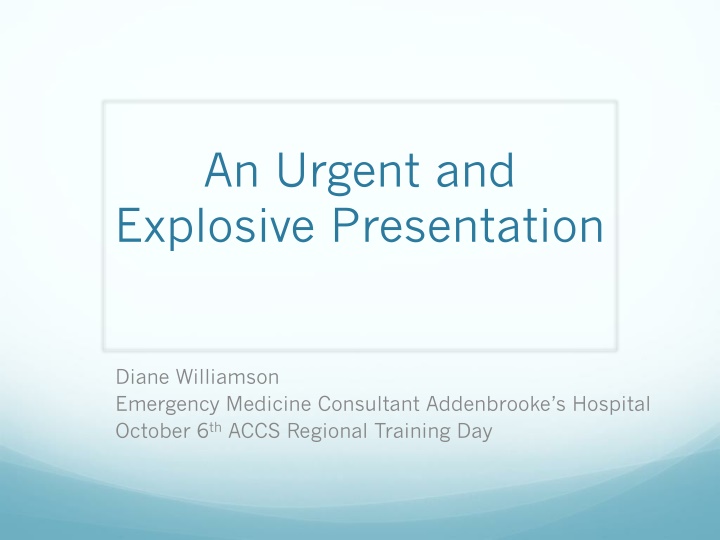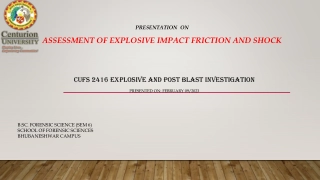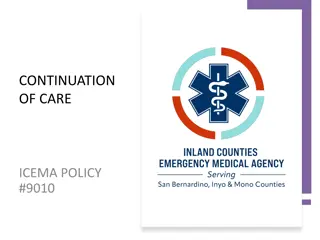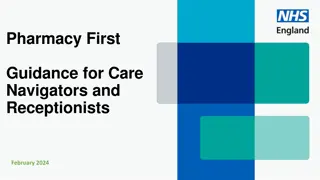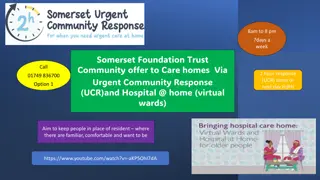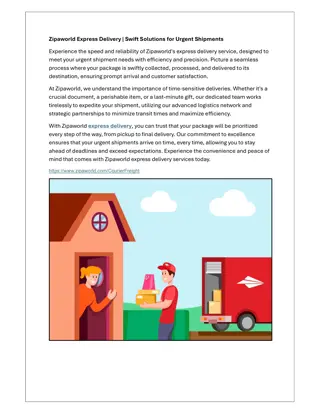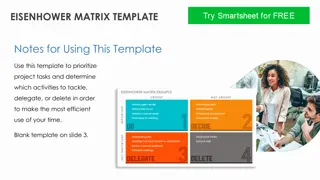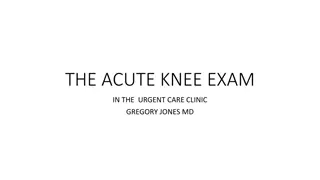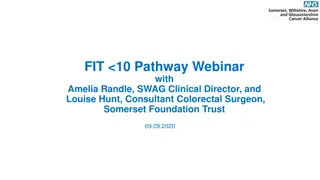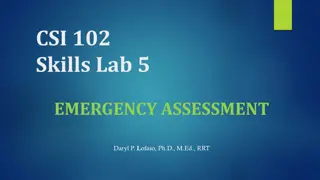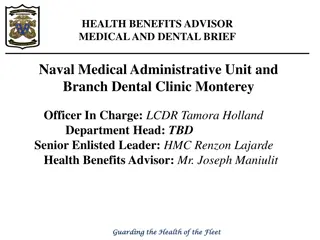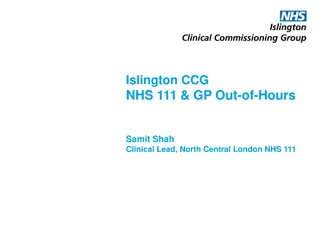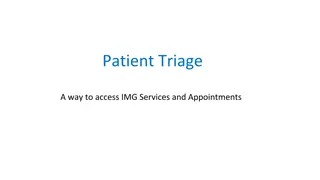An Urgent and Explosive Presentation
Gastroenteritis in children is a common condition with significant implications. This presentation by Diane Williamson, an Emergency Medicine Consultant, covers definitions, causes, epidemiology, pathophysiology, symptoms, severity assessment, and more pertaining to viral gastroenteritis. With a focus on practical insights and critical information, this content is essential for healthcare professionals dealing with pediatric cases of diarrhea.
Download Presentation

Please find below an Image/Link to download the presentation.
The content on the website is provided AS IS for your information and personal use only. It may not be sold, licensed, or shared on other websites without obtaining consent from the author.If you encounter any issues during the download, it is possible that the publisher has removed the file from their server.
You are allowed to download the files provided on this website for personal or commercial use, subject to the condition that they are used lawfully. All files are the property of their respective owners.
The content on the website is provided AS IS for your information and personal use only. It may not be sold, licensed, or shared on other websites without obtaining consent from the author.
E N D
Presentation Transcript
An Urgent and Explosive Presentation Diane Williamson Emergency Medicine Consultant Addenbrooke s Hospital October 6thACCS Regional Training Day
Definitions Diarrhoea - The frequent passage of unformed liquid stools (3 or more/day) Dysentery - Above plus blood or mucous in the stools Acute Gastroenteritis - Diarrhoeal disease of rapid onset characterised by nausea, vomiting, fever, abdominal pain
Causes Infections Viral, bacterial, parasitic Toxins Drugs IBD Motility Disorders Malabsorption Food allergy Non-enteric e.g. sepsis
Viral Gastroenteritis Common Benign and self-limiting for most Life-threatening for others
At Risk Elderly Infants Immunosuppressed Concomitant illness
Epidemiology Very high incidence Leading cause of infant mortality worldwide 2 million hospital admissions >600 000 deaths By age 3 effectively all children will become infected by the common agents
Viral Gastroenteritis Children rotavirus most common (seasonal Nov to April) Adults and children rotavirus enterovirus adenovirus astrovirus (sporadic) calicivirus e.g. norovirus (outbreaks) Faecal-oral transmission of contaminated food and water Norovirus can be airborne
Pathophysiology Virus enters villus enterocyte causing: Osmotic diarrhoea Structural damage to bowel mucosal villi causes maldigestion of carbohydrates and malabsorption of nutrients and water Secretory diarrhoea Toxins (e.g. rotavirus NSP4) bind enterocyte causing causes Chloride ion secretion
Symptoms Fever, malaise, fatigue, headache, lethargy Abdominal pain and cramps Nausea and vomiting Loss of appetite Watery and frequent non-bloody stool
Severity Assessment History Deaths are caused by dehydration and acidosis Frequency, quantity and duration of vomiting and diarrhoea Oral intake Urine output Weight loss Travel
Severity Assessment Examination Vital signs Capillary refill Mucous membranes Reduced urine output Mental status Severe abdominal tenderness or guarding suggest a surgical cause
Indications of bacterial infection High fever Bloody diarrhoea Severe abdominal pain (>6 stools/24 h)
Initial Investigations Depend on severity children and adults with minor symptoms need advice and reassurance, not investigation In dehydrated or otherwise unwell patients VBG pH, electrolytes and glucose Urea Creatinine Amylase FBC Consider imaging
Specific Investigations Rotavirus stool antigen and antibody tests are available Caliciviruses (norovirus) stool PCR C. difficile stool C-diff and GDH toxin Faecal viral concentration correlates with duration and severity of illness and influences management and infection control measures Early stool sample is important national stats are collected and Trust fined for in-hospital transmission beyond established thresholds
Management Oral hydration IV hydration Correct electrolyte disturbances Antiemetics generally not recommended but consider if symptoms prolonged Consider probiotics (some evidence for moderate symptom relief with Lactobacillus casei)
Prevention Hand hygiene Proper food handling Clean water supply Rotavirus vaccine Rotarix given at 8 and 12 weeks (liquid swallowed) Has prevented >70% of rotavirus cases 6 years data, no safety concerns
Bacterial Gastroenteritis Campylobacter Clostridium difficile E. coli Salmonella Shigella V. cholera
Parasitic Causes Entamoeba hystolitica Giardia lamblia Cryptosporidium
Reportable Diseases Food poisoning Infectious bloody diarrhoea Reportable infectious agents (lab reports): Campylobacter Giardia lamblia Salmonella Shigella Verocytotoxigenic E coli Vibrio cholera
Severe or Deteriorating Presentations
Treat Shock AB C access IV, IO 1L (Paed 20ml/kg) normal saline reassess 100ml (Paed 2ml/kg) 10% dextrose and infusion Antibiotics treat sepsis Fluid replacement (remember to replace ongoing losses)
Electrolyte Disturbances Hyponatraemia (associated with administration of dilute oral rehydration fluids) Hypernatraemia Acidosis beware shifting potassium as in DKA, K+ moves to extracellular space causing intracellular K+ depletion, review and replace ECG and monitor patient if K+ a concern
Hypokalaemia K+ 3 - 3.5 mmol/L: Start oral K+ replacement, or 20mmol KCl in 1000ml saline over 2-3 hours K+ 2.5 3.0 mmol/L: Start 40 mmol/L over 4-6 hours K+ <2.5 or ECG changes prolonged QTc, Flat T- waves, high risk of arrhythmia K+ <1.5mmol/L paralysis, muscle weakness, apnoea ECG, cardiac monitor patients, consider resus
Hyponatraemia Na >125 mmol/L or mild symptoms Rehydrate with 0.9% NaCl over 24 to 48 hours Recheck electrolytes 4 hourly
Hyponatraemia Na <125mmol/L or severe symptoms Risks: Intracellular oedema, raised ICP , herniation With rapid replacement and extracellular Na rise: Osmotic Demyelination Syndrome duration is important
Severe Hyponatraemia Single dose hypertonic saline over 1 hour and review (e.g. 4ml/kg 3% saline up to 150ml) <48 hours duration, correct 1-2mEq/L/h for 4 hours to increase 4 to 6mEq/L, review >48 hours duration, as above but do not exceed 0.5-1mEq/L/h and do not exceed 6 to 8mEq/L in 24 hours Seizure management treat hyponatraemia and may have to repeat if seizures persist Rapid response/ICM input for ongoing managment
